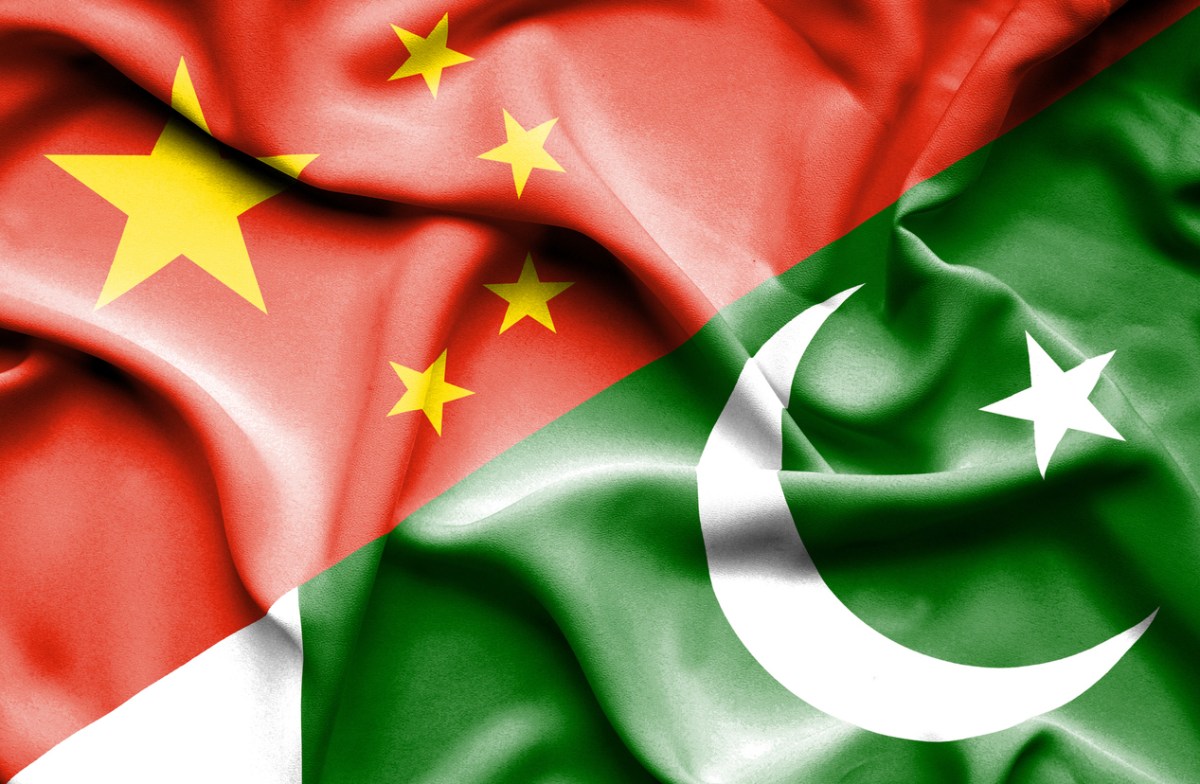
BEIJING: China-Pakistan Economic Corridor (CPEC), as the signature project of the Belt and Road Initiative (BRI), has achieved remarkable results in the first phase of operation. While it enters into a new stage of high-quality development, the establishment of “five corridors” will be enhanced for building a closer China-Pakistan community of shared future, Ning Jizhe, deputy head of the National Development and Reform Commission (NDRC) of China, wrote in his latest article.
In line with the principles of extensive consultation, joint contribution and shared benefits, China and Pakistan have set up the “1+4” layout of cooperation focusing on the CPEC construction supported by Gwadar port, energy, transportation infrastructure, and industrial cooperation.
With years of dedication to CPEC, the majority of projects under the four categories have been completed in time, bringing significant changes to Pakistan and its people, China Economic Net (CEN) reported on Sunday.
Reviewing progress made in CPEC projects, Ning specified that Gwadar Port is making steady progress towards a logistics hub as the transit trade to Afghanistan through Gwadar has been approved and carried out in an orderly manner, attracting more enterprises to the Gwadar Free Zone.
CPEC Power plants, like Sahiwal and Port Qasim power plants, in total, have contributed one-third of the national power supply of Pakistan. Transportation projects, including the Phase II of the Karakoram Highway, Sukur-Multan Expressway, Orange Line Metro Train, etc., have been completed and opened to traffic in time. Economic zones like Allama Iqbal Industrial Park and Rashakai Economic Zone have been steadily advanced.
As CPEC enters a new stage of high-quality development, Ning highlighted the advancement of “five corridors”, health corridor, industrial corridor, trade corridor, digital corridor, and green corridor.
Ning stated in the article that while the fight against the Coronavirus is still going on, health is a premise of the construction of CPEC projects. Confronted with the epidemic, the governments and people of China and Pakistan have helped each other in times of need. For example, the two countries have carried out joint vaccine production.
With the help of CanSino Biologics Inc., the Pakistan National Institute of Health has been capable of producing the COVID-19 vaccine locally. Upholding the life-centred spirit, China will increase its assistance to Pakistan in vaccines and epidemic-prevention materials, and expand cooperation in infectious disease prevention and control, public health, and traditional medicine to protect the safety and health of the two peoples.
Industrialization is of paramount importance for Pakistan, a country with a population of more than 200 million. Still, in its initial stage of industrialization, Pakistan is endowed with huge and valuable market opportunities. “To expedite the establishment of the China-Pakistan Industrial Corridor, we will encourage more Chinese enterprises, especially those in the manufacturing sector, to invest in Pakistan “Ning pointed out.
According to statistics of the Ministry of Commerce of China, Pakistan’s exports to China reached $2.12 billion in 2020, a year-on-year increase of 17.5%. Seizing the trend, we will stay committed to unimpeded trade by promoting trade and investment liberalization, and reducing trade and investment costs. We will also seek to achieve international trade balance by increasing imports from Pakistan and build a closer trading partnership, Ning wrote.
Concerted efforts will be devoted to building CPEC into an exemplar of the “digital silk road”, Ning hinted. As the world is entering into the digital era, we should seize the opportunity and make vigorous efforts to advance the digital economy.
That includes enhancing exchanges and cooperation in digital technologies, developing new infrastructure, mobile payment, e-commerce network, smart grid, and smart factory, he added.
In terms of the green corridor, Ning said, China and Pakistan will step up cooperation in green infrastructure, green energy, green finance, and green agriculture. We will pace up to forge a closer partnership for green development and work together to build a low-carbon China-Pakistan corridor.